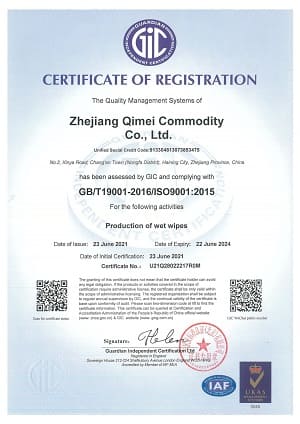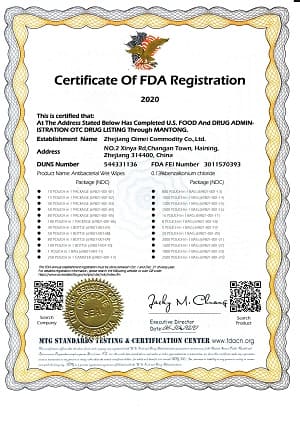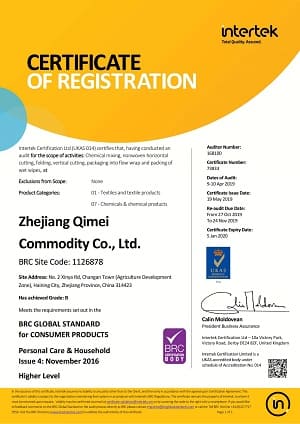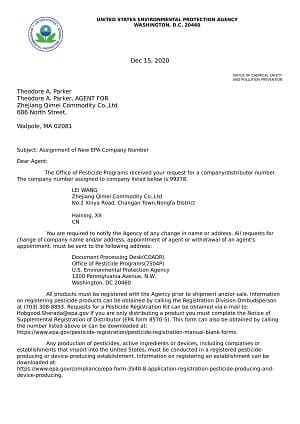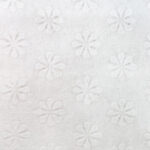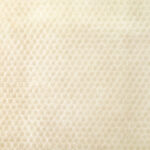Тип ткани из спанлейса: полиэстер, смесь поли-вискозы, бамбуковое волокно, древесная масса (смываемая), хлопковое или соевое волокно (биоразлагаемое)
Плоский или текстурированный (доступен ваш собственный логотип)
Вес: 30-80гсм
1/10/30/80/100/120/160 шт/упак.
Маленький размер: обычно они имеют размеры около 15 x 20 см (6 x 8 дюймов), их удобно использовать во время путешествий или для чистки небольших участков, таких как лапы или уши.
Стандартный размер: обычно они имеют размеры около 20 x 20 см (8 x 8 дюймов) и подходят для ежедневной уборки и ухода за собой.
Большой размер: обычно они имеют размер около 30 x 30 см (12 x 12 дюймов) и подходят для уборки больших площадей или для купания и ухода за собой.
Очень большой размер: обычно они имеют размеры около 40 x 40 см (16 x 16 дюймов) и подходят для уборки очень больших площадей или для купания и ухода за собой.
1. Пластиковый многоразовый пакет: это наиболее распространенный тип упаковки влажных салфеток. Он сделан из пластика и имеет застегивающуюся полоску сверху, чтобы салфетки оставались свежими и влажными.
2. Контейнер с откидной крышкой. Этот тип упаковки состоит из пластикового контейнера с откидной крышкой, которую можно открывать и закрывать для доступа к салфеткам.
3. Мягкая упаковка с пластиковой откидной крышкой: Подобно контейнеру с откидной крышкой, эта упаковка поставляется в мягкой упаковке и имеет пластиковую откидную крышку для легкого доступа.
4. Всплывающий дозатор: этот тип упаковки оснащен выдвижным механизмом выдачи, который вытягивает по одной салфетке за раз.
5. Дорожный пакет. Небольшая упаковка, предназначенная для использования в дороге, часто имеет пластиковую защелку.
6. Одноразовая упаковка: эти влажные салфетки поставляются в небольших герметичных упаковках, которые удобны для путешествий или активного отдыха.
7. Запасной пакет: эта упаковка большего размера предназначена для заправки других контейнеров для влажных салфеток и обычно имеет закрывающееся отверстие.
Очищенная вода: это основной ингредиент большинства салфеток для ухода за домашними животными, который используется в качестве растворителя для растворения и диспергирования других ингредиентов.
Натуральные экстракты: некоторые бренды могут включать в состав натуральные экстракты, такие как алоэ вера, ромашка и лаванда, которые успокаивают и увлажняют кожу и шерсть.
Мягкие поверхностно-активные вещества: это ингредиенты, которые помогают очистить кожу и шерсть, не вызывая раздражения. Некоторые примеры мягких поверхностно-активных веществ, используемых в салфетках для ухода за домашними животными, включают кокамидопропилбетаин и лаурилглюкозокарбоксилат натрия.
Смягчающие средства: это ингредиенты, которые помогают смягчить и разгладить кожу и мех, такие как глицерин, пантенол и аллантоин.
Дезодораторы: это ингредиенты, которые помогают нейтрализовать запахи и придают домашним животным запах свежести. Некоторые примеры дезодорантов, используемых в салфетках для ухода за домашними животными, включают пищевую соду и экстракты цитрусовых.
Консерванты: они используются для предотвращения роста бактерий и продления срока годности салфеток. Обычные консерванты, используемые в салфетках для ухода за домашними животными, включают феноксиэтанол и бензоат натрия.
ISO 9001: Эта сертификация гарантирует, что производитель создал и поддерживает систему управления качеством, соответствующую международным стандартам.
ISO 14001: Эта сертификация демонстрирует, что производитель внедрил эффективную систему экологического менеджмента и стремится свести к минимуму ее воздействие на окружающую среду.
FSC: Сертификация Лесного попечительского совета (FSC) гарантирует, что материалы, используемые при производстве салфеток, происходят из ответственно управляемых лесов, соответствующих социальным и экологическим стандартам.
FDA: Сертификация Управления по контролю за продуктами и лекарствами США (FDA) гарантирует, что салфетки для ухода за домашними животными соответствуют стандартам безопасности и эффективности для использования на животных.
ECOCERT: этот сертификат гарантирует, что материалы, используемые при производстве салфеток, являются органическими и не содержат вредных химикатов.
BSCI: Сертификация Business Social Compliance Initiative (BSCI) гарантирует, что производитель стремится улучшать условия труда и внедрять этические методы ведения бизнеса.

